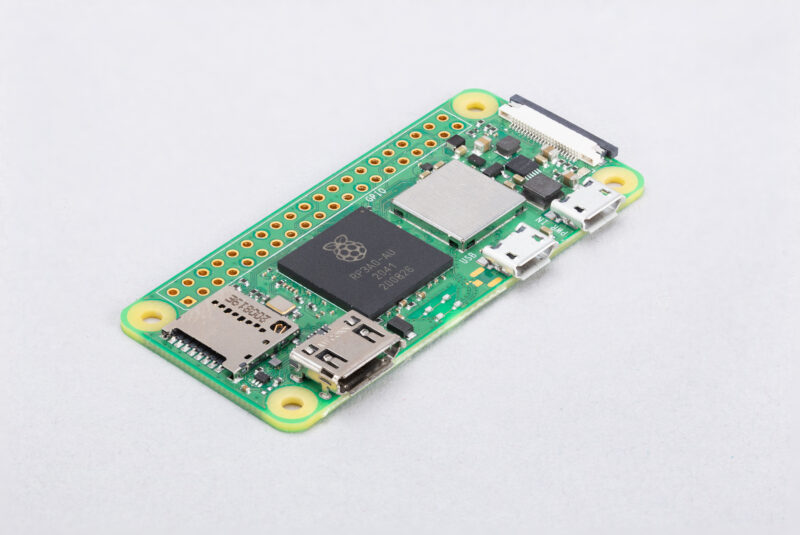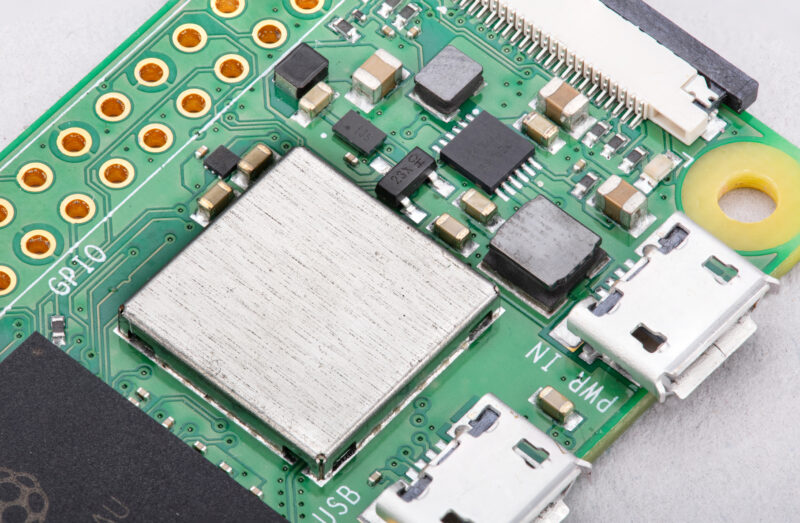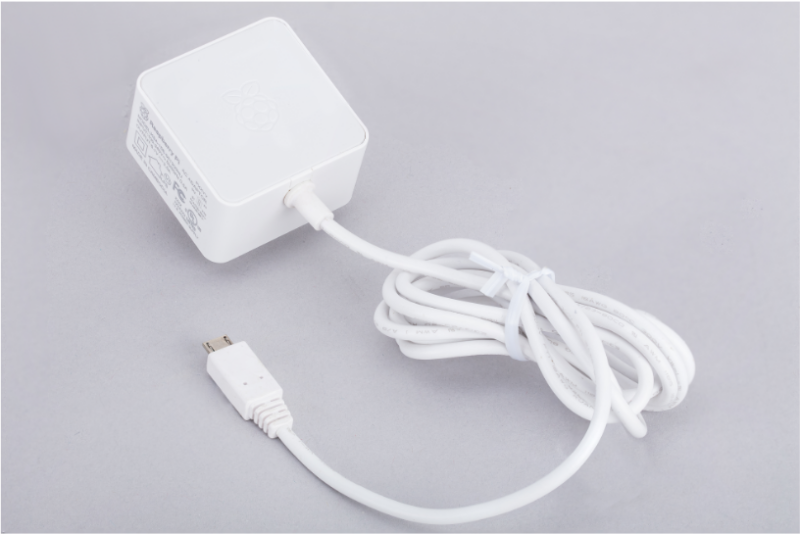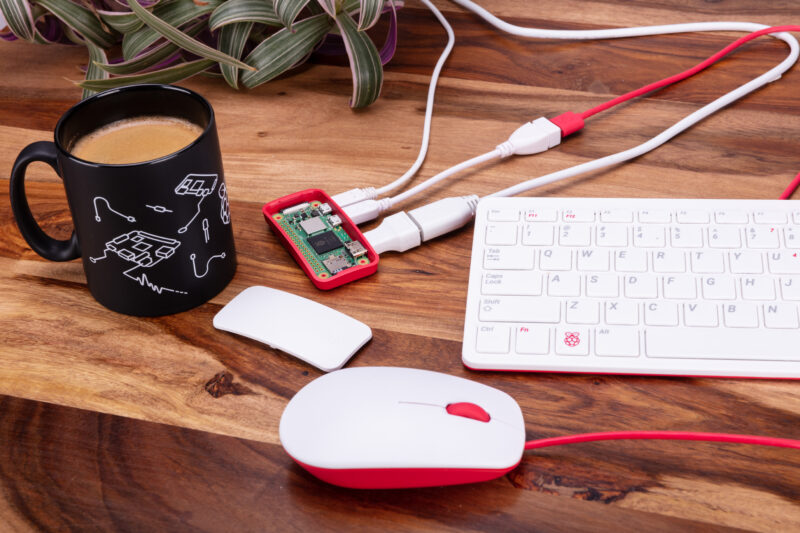
Raspberry Pi Zero W is one of the most affordable single-board computers that include wireless and Bluetooth connectivity.
While there are some differences between the Raspberry Pi Zero vs. Raspberry Pi Zero W, both were pretty solid deals considering they launched for $5 and $10, respectively.
Now, Raspberry Pi has unveiled the successor to this lineup after about six years, i.e., Raspberry Pi Zero 2 W priced at $15.
Even with Raspberry Pi increasing its price, I’d say $15 for a new-gen board for improved multi-threaded performance should be a good buy.
Let us take a look at what it has to offer and what’s new.
Raspberry Pi Zero 2 W: Specifications

Raspberry Pi Zero 2 W is powered by the same chip used in the launch version of Raspberry Pi 3.
With the frequency slightly clocked down to 1 GHz, it still manages to promise up to 5x times the performance of the original Raspberry Pi Zero.
Here’s what it comes packed with:
- Broadcom BCM2710A1, quad-core 64-bit SoC (Arm Cortex-A53 @ 1GHz)
- 512MB LPDDR2 SDRAM
- 2.4GHz IEEE 802.11b/g/n wireless LAN, Bluetooth 4.2, BLE
- 1 × USB 2.0 interface with OTG
- HAT-compatible 40 pin I/O header footprint
- MicroSD card slot
- Mini HDMI port
- Composite video and reset pin solder points
- CSI-2 camera connector
- H.264, MPEG-4 decode (1080p30); H.264 encode (1080p30)
- OpenGL ES 1.1, 2.0 graphics
Looking at the specifications, it is impressive enough when you consider the zero form factor it comes with. Not to forget, they have added more copper layers to manage the heat generated from the upgraded processor.

Furthermore, the wireless circuitry is sealed with a metal shield can that should make it easy for use in a commercial end-product.
If you already have a case for Raspberry Pi Zero, it should most likely work with Zero 2 W.
As per the official announcement, Raspberry Pi mentions:
The exact performance uplift over Zero varies across workloads, but for multi-threaded sysbench it is almost exactly five times faster.
The tiny form factor and the performance uplift should make it an ideal board for security cameras and many other IoT projects. You may take a look at our list of DIY projects for Raspberry Pi Zero W for ideas.
A New USB Power Supply

Along with a new board, Raspberry Pi also introduced an improved USB power supply with a peak current rating of 2.5A.
The power supply comes with a micro-USB connector instead of USB-C. Even though this isn’t meant for the new Zero 2 W, it is geared for Raspberry Pi 3B or 3B+.
Availability & Pricing

The Raspberry Pi foundation has clarified that they won’t discontinue Raspberry Pi Zero and Zero W until January 2026.
So, if you want to save money for an experiment, you can proceed with the older boards.
The new Zero 2 W will be available at $15 from official resellers. The availability is limited to the UK, EU, United States, Canada, and Hong Kong.
It should be available for Australia and New Zealand in November, and more countries will be added in the next few months.
What do you think about the latest tiny Raspberry Pi Zero 2 W? Feel free to share your thoughts in the comments below.
- Even the biggest players in the Linux world don't care about desktop Linux users. We do.
- We don't put informational content behind paywall. Your support keeps it open for everyone. Think of it like 'pay it forward'.
- Don't like ads? With the Plus membership, you get an ad-free reading experience.
- When millions of AI-generated content is being published daily, you read and learn from real human Linux users.
- It costs just $2 a month, less than the cost of your favorite burger.
Become a Plus Member today and join over 300 people in supporting our work.









